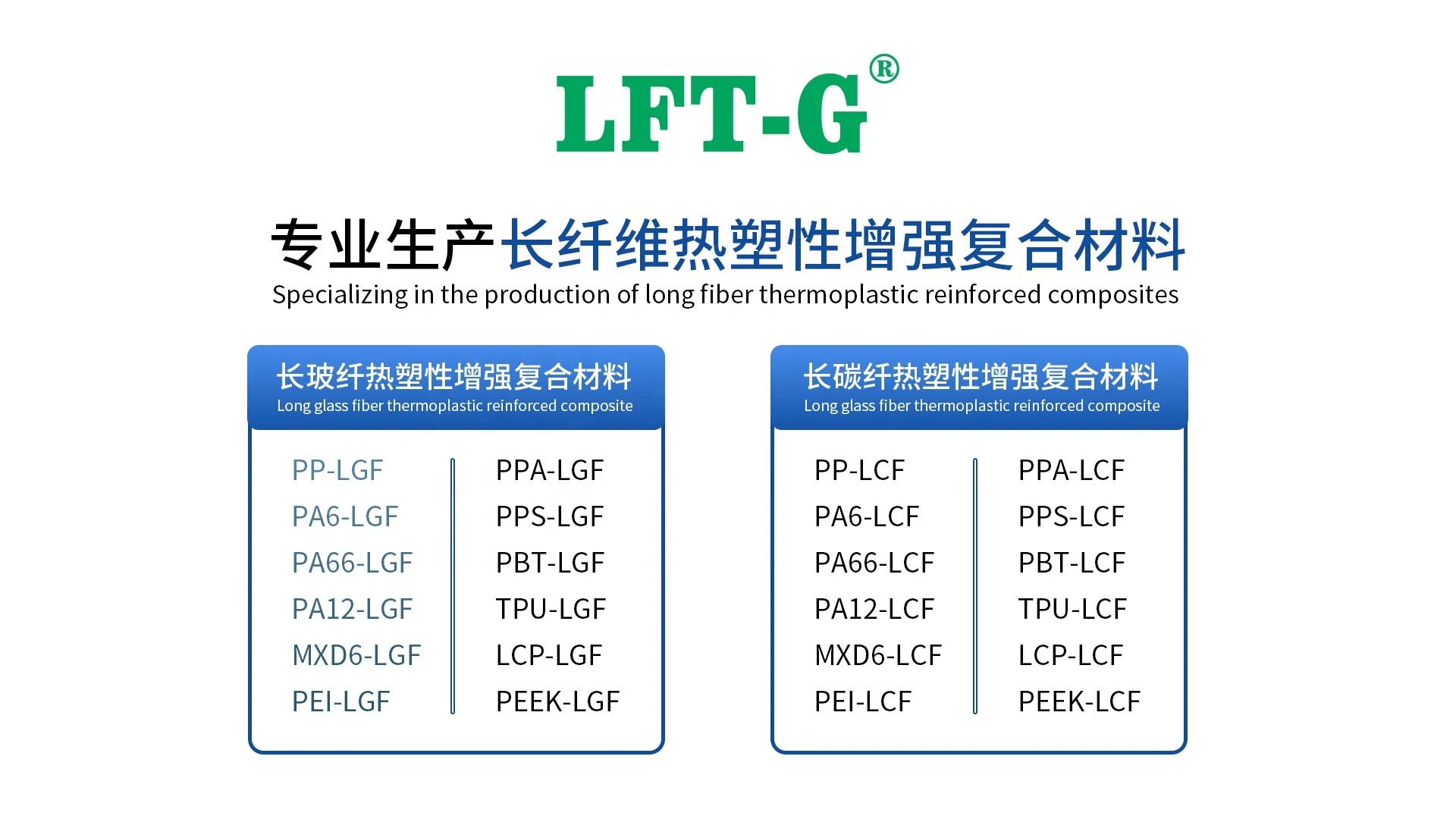new blog

Nylon
Nylon is the common name of polyamide (PA). It is a general name for thermoplastic resins containing repeating amide groups on the molecular main chain, including aliphatic polyamide, aliphatic-aromatic polyamide and aromatic polyamide.
As the first of the five major engineering plastics, nylon has an extremely wide range of applications in industry, mainly in automotive parts, mechanical parts, electronic appliances, cosmetics, adhesives, packaging materials and other fields. Among them, aliphatic polyamides have the largest output and are the most widely used, mainly nylon 66 and nylon 6.
Nylon 66
Nylon 66 (PA66) is formed by the condensation polymerization of adipic acid and hexamethylenediamine. It is a type of polyamide. The molecular formula is as shown in the figure:

Advantages: high strength, corrosion resistance, wear resistance, self-lubricating, flame retardant, non-toxic and environmentally friendly and other excellent properties.
Disadvantages: poor heat resistance and acid resistance, low impact strength in dry and low temperatures, and high water absorption, which affects the dimensional stability and electrical properties of the product.

High-performance fibers
High-performance fibers refer to chemical fibers with high load-bearing capacity and high durability, because they have special physical or chemical structures that reflect some excellent properties that traditional fibers do not have, such as high temperature resistance, corrosion resistance, and resistance to corrosion. flammability and other properties.
High performance organic fibers:
.Aramid fiber (AF)
·Polyimide fiber (PI)
·Polyphenylenebenzobisoxazole fiber (PBO)
·Ultra high molecular weight polyethylene fiber (UHMWP)
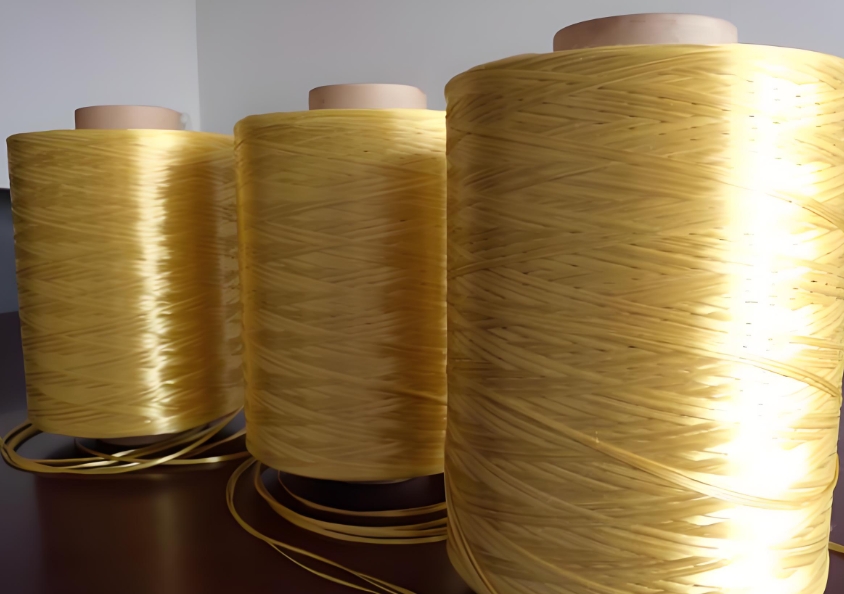
AF fiber
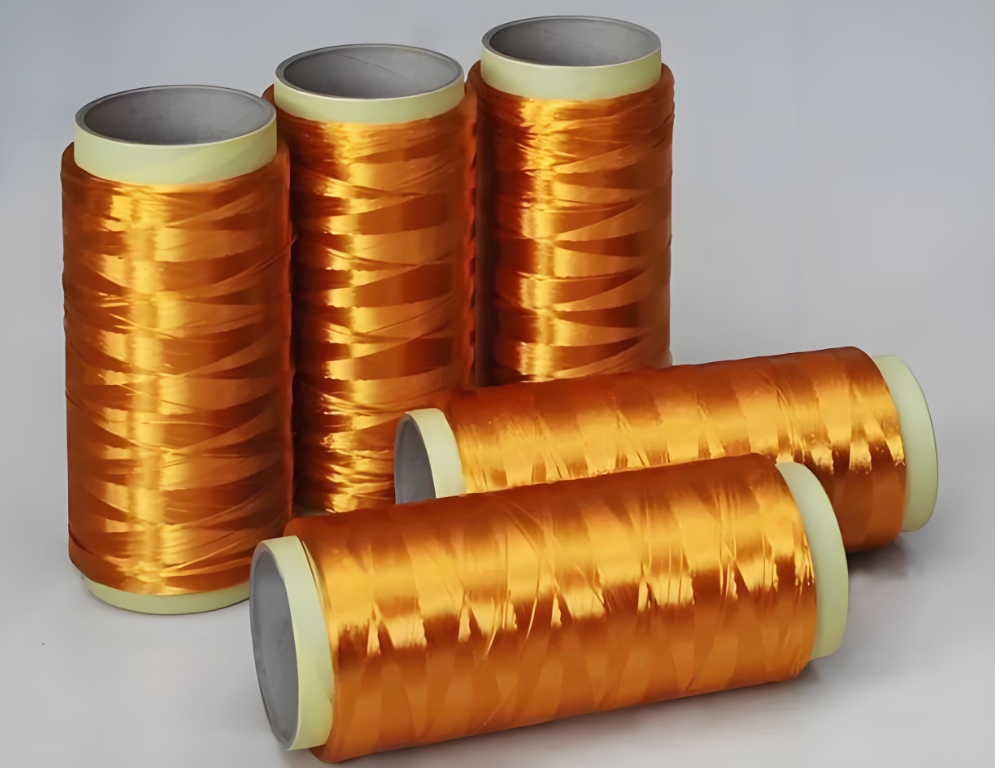
PBO fiber
High performance inorganic fiber:
·Glass fiber (GF)
·Carbon fiber (CF)
.Basalt fiber (BF)
·Silicon carbide fiber (SiC)
·Alumina fiber (AIO)
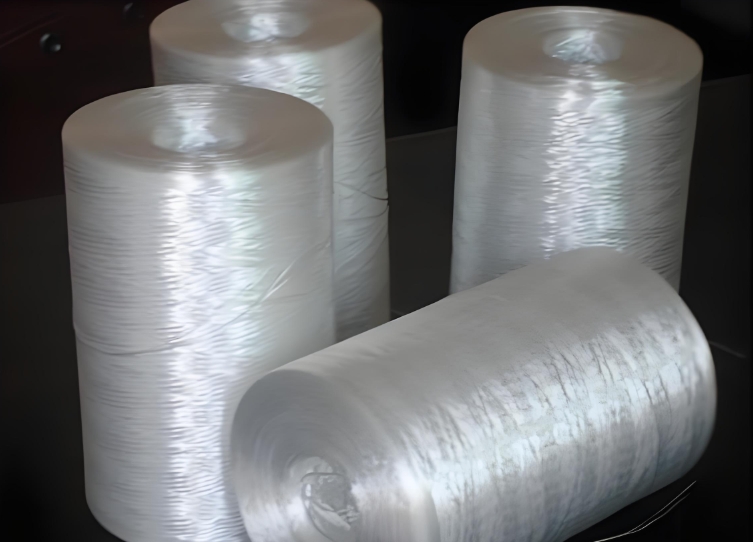
Glass Fiber
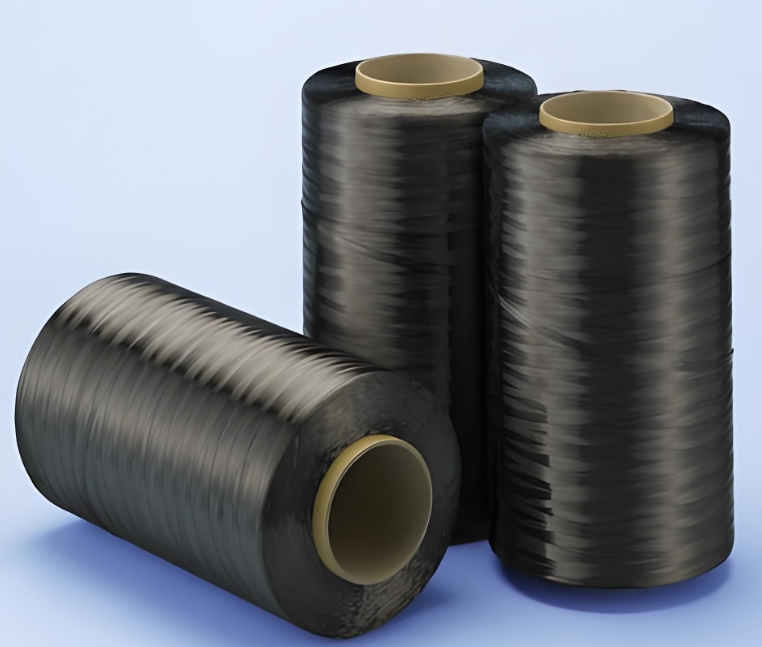
Carbon fiber
Advantages: light weight, high strength, high modulus, high temperature resistance, wear resistance, corrosion resistance, fatigue resistance, electrical conductivity, thermal conductivity, etc.
Disadvantages: high cost, difficult to wet, poor transparency, difficult to inspect defects, etc.
Carbon fiber composite materials are very useful structural materials. They are not only lightweight and high temperature resistant, but also have high tensile strength and elastic modulus. They are an indispensable component in the manufacture of spacecrafts, rockets, missiles, high-speed aircraft and large passenger aircraft. Material. It is also widely used in transportation, chemical industry, metallurgy, construction and other industrial sectors as well as sports equipment.
Xiamen LFT just provide compounds filled long glass fiber and long carbon fiber.
High performance composite material preparation process
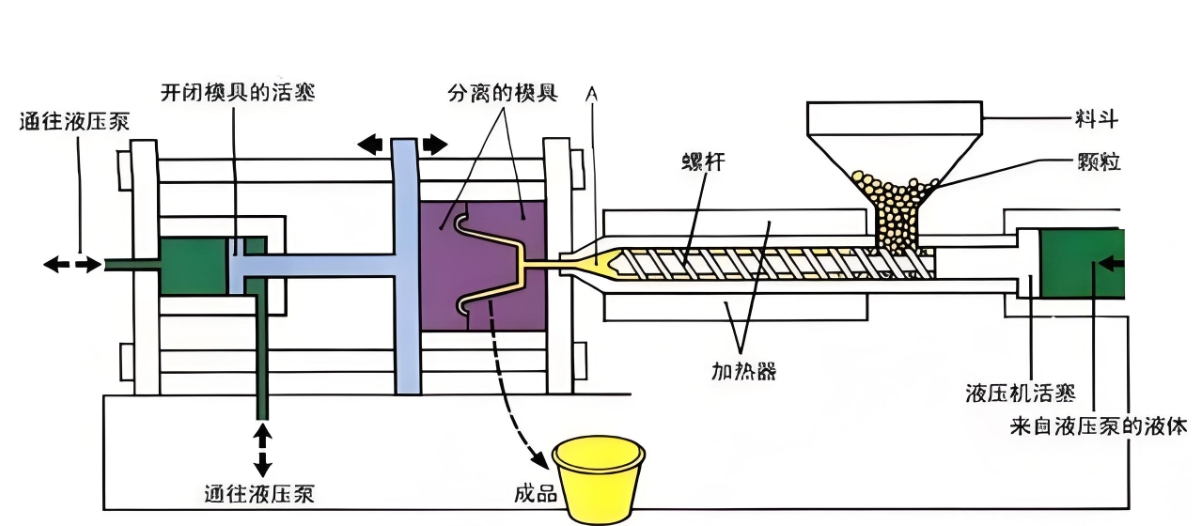
Injection Molding Process

Extrusion Molding Process
Performance of Nylon 66 Reinforced Compounds
Xiamen LFT can provide Polyamide 66 with additions of 20%-60% LGF&LCF Reinforced Compounds.
Take PA66 40% long carbon fiber reinforcement compounds as an example:
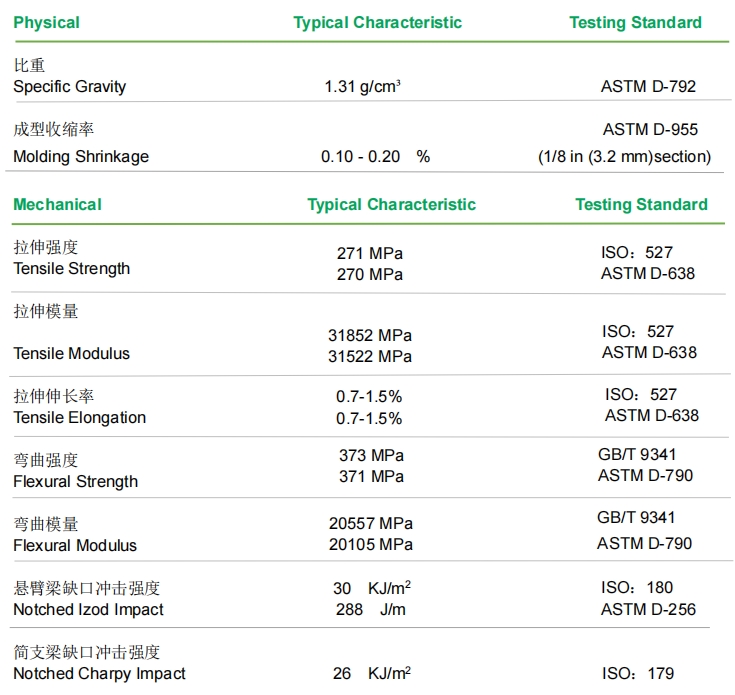
1. The density of PA66/LCF composite material is 1.31, which is less than one-sixth of the density of steel (7.85). It achieves the purpose of lightweighting and is conducive to energy saving and consumption reduction.
2. Compared with PA66, the mechanical properties of PA66/LCF composite materials have been greatly improved. When 40% LCF is added, the tensile strength of PA66/CF reaches 271MPa, which is approximately 4-5 times higher than the original nylon 66; the flexural strength reaches 373MPa, which is approximately 2-4 times higher than PA66, and the flexural modulus reaches 20557MPa. It is about 7 times higher than PA66.
For more related material information or technical support, please contact Xiamen LFT.
